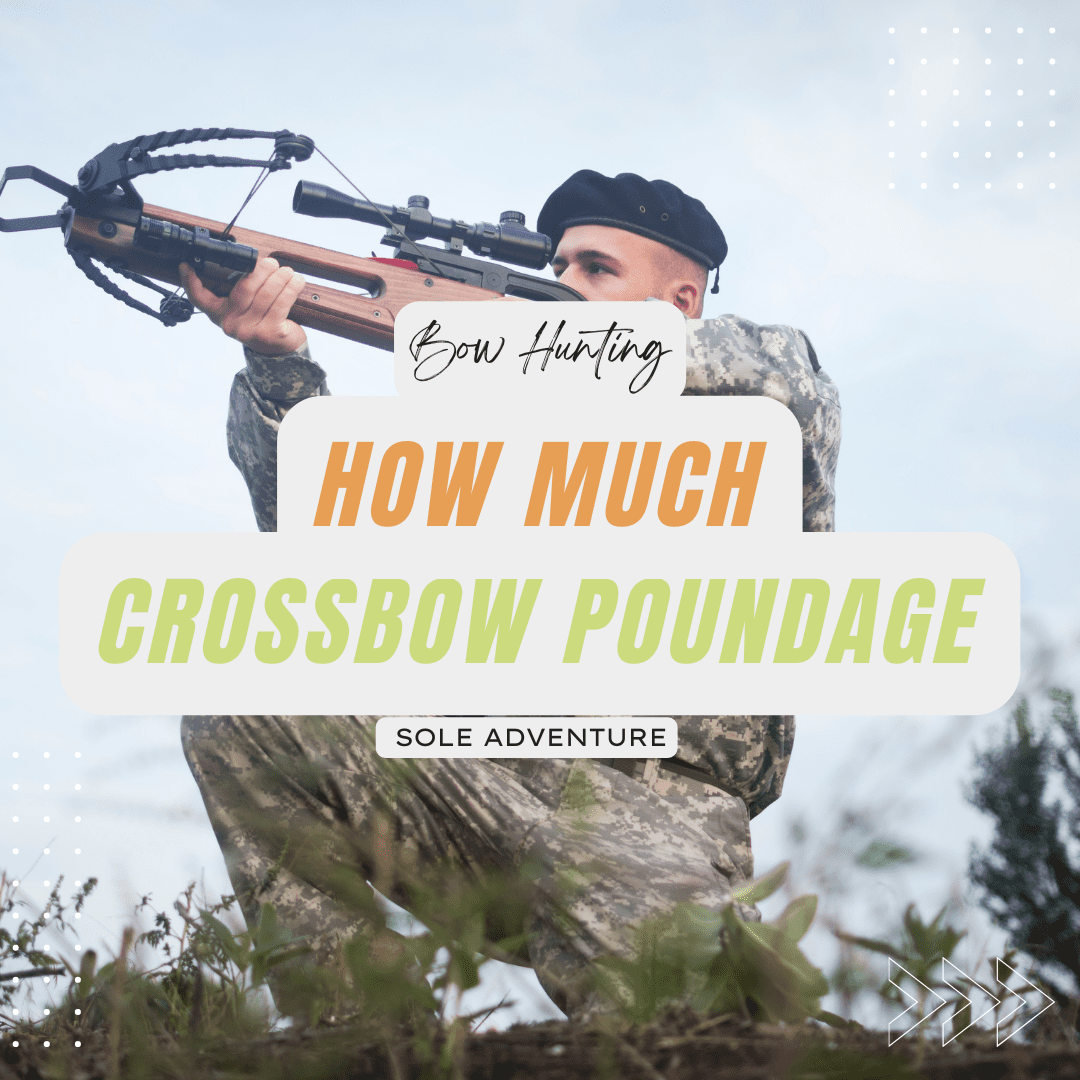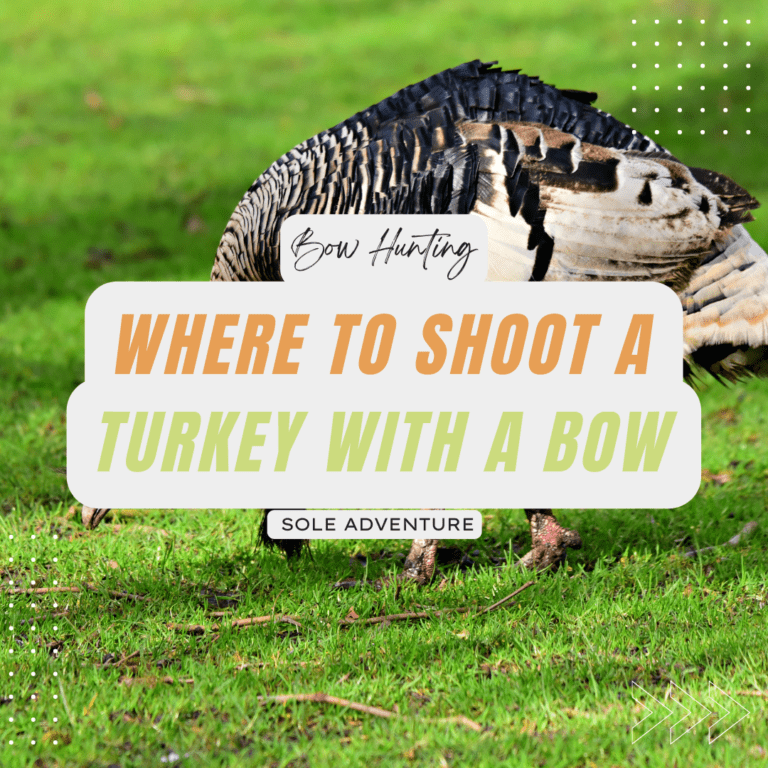Hunting deer with a crossbow is an increasingly popular method of hunting, but it is important to understand how much poundage you need to ensure a successful hunt. This article will look at the different factors to consider when determining the amount of poundage you need for hunting deer, including how much is enough, the advantages of more poundage, finding a happy medium, why heavier poundage is required for crossbows compared to vertical bows, and the bottom line. By understanding these factors, you can make an informed decision about the poundage you need for deer hunting.
Contents
How Much Is Enough?
Crossbows are a popular hunting tool for harvesting game of moderate to large size. To ensure successful and ethical harvests, hunters must choose crossbows with adequate draw weights. Most states have issued minimum poundage restrictions on crossbows intended for use while hunting, typically between 75-125 pounds of draw.
Crossbows within this range provide enough downrange kinetic energy to penetrate deeply and maximize blood loss, leading to quick expiration of the animal. Those below the 75-pound threshold lack sufficient power for consistent penetration at any respectable distance, reducing their effectiveness when attempting to take game.
For best results, hunters should select crossbows with draw weights above the state minimums. This will ensure that they have the necessary power to ethically harvest game with a single shot. It is important to remember that even if a crossbow meets state requirements, it may still not be powerful enough for larger animals such as elk or moose. In these cases, heavier draw weights may be required for successful and ethical harvests.
More Is Better?
Crossbows are an increasingly popular choice for hunters in search of a powerful and effective weapon. With the right draw weight, a crossbow can deliver devastating downrange kinetic energy and provide enhanced penetration.
In Ohio, the maximum draw weight restriction for hunting crossbows has been set at 200 pounds. While this is enough for deer-sized game, many hunters are choosing to go with higher draw weights when possible. Fortunately, there are now a variety of cocking aids available on the market that make it easier than ever for even petite hunters to handle heavier poundage crossbows without straining or pulling excessively on the string itself.
Advanced pulley or crank-style cocking devices have eliminated much of the hesitation toward the use of heavier poundage crossbows. These devices allow users to cock heavier crossbows with relative ease and accuracy, resulting in greater accuracy and precision when shooting. Furthermore, they also reduce risk of injury by removing brute force from the equation.
When selecting a crossbow for use afield, it is generally recommended to choose one with a higher draw weight if manageable by the hunter in question. This will ensure more power and greater accuracy when shooting at longer distances. However, it is important to remember that too much draw weight can be counterproductive as well; overloading a crossbow can lead to inaccuracy and reduced performance in some cases.
Finding a Happy Medium
Crossbows have become a popular choice of weapon for hunters around the world, and with good reason. The draw weight of a crossbow is an important factor to consider when selecting the right one for your hunting needs. While many believe that anything over 200 pounds of draw weight is excessive, 75 pounds is the minimum recommended for hunting purposes.
The majority of reputable crossbow manufacturers offer their most popular models in draw weights between 125-175 pounds – this range has been coined as the ‘sweet spot’ due to its advantageous characteristics. Crossbows within this poundage range fire arrows or bolts with considerable speed, which generates substantial kinetic energy and leads to frequent pass-throughs and quick kills. Plus, they maintain remarkable accuracy and stability, resulting in predictable arrow flight and enhanced accuracy.
On the other hand, it’s important to note that excessively high draw weights can be detrimental to a crossbow’s overall durability. Excessive draw weight increases stress on all mechanical components, leading to accelerated wear and potential mechanical failure down the line. Therefore, opting for a model within the 125-175 pound range may be best for those looking for maximum performance without sacrificing quality or longevity.
Why Is Heavier Poundage Required (Vs. Vertical Bows)?
Crossbows have become increasingly popular in recent years due to their impressive power and accuracy. This is achieved by utilizing heavier limbs and aggressive cams, which deliver tremendous amounts of energy over a short range of motion. As a result, crossbows require higher draw weights than vertical bows to achieve similar results.
This increased kinetic energy translates into faster arrow speeds and increased penetration at most any range. To accommodate the additional force generated by this discharge of energy, crossbows must also be built with heavier frames capable of absorbing and dissipating the energy when an arrow is released.
The combination of these features make crossbows powerful hunting tools that are capable of taking down even the largest game animals with ease. The higher draw weights also allow for greater accuracy over longer distances, making them perfect for target shooting as well as hunting.
Crossbow technology has come a long way in recent years and modern models offer a variety of features designed to enhance performance and comfort. These include adjustable stocks, ergonomic grips, integrated cocking mechanisms, safety mechanisms, and more. All these features combine to make crossbows one of the most versatile weapons on the market today.
The Bottom Line
When shopping for a crossbow for hunting, it is important to consider the draw weight of the bow. Generally speaking, there is an optimal range of 75-125 pounds when it comes to draw weight. This range provides enough power to deliver a clean, ethical kill while still being manageable enough for archers to use comfortably.
However, lighter draw weights can also be used if necessary. In most cases, this minimum draw weight should be at least 75-80 pounds. It is important to check with local or state agencies to ensure that the crossbow meets all applicable game laws and regulations in the area where you plan to hunt. Failure to do so could result in legal penalties.
The type of game being hunted can also affect the ideal draw weight of a crossbow. For example, heavier bows are usually better suited for larger animals such as deer or elk, while lighter bows may be more appropriate for smaller animals like rabbits or squirrels. Additionally, hunters should consider their own strength and skill level when selecting a bow; heavier bows will require more strength and experience to shoot accurately.
Ultimately, choosing the right draw weight for your hunting needs requires careful consideration of several factors including local game laws, type of game being hunted, and personal strength and skill level. By taking these factors into account, hunters can ensure they select the right crossbow for their needs and ensure they have an enjoyable and successful hunting experience.







